Monday, 22 April 2024
Menu

In Italy, the mystery of the wreckage of a rare World War II Royal Air Force bomber has been solved and its crew identified.
In 2016, near the island of Linosa, Italian researchers found the wreck of an unknown aircraft at a depth of 85 metres. The craft resting on the bottom of the Mediterranean Sea was remarkably well preserved, which was quite surprising. Aircraft are usually almost completely destroyed when they collide with the surface of the water.
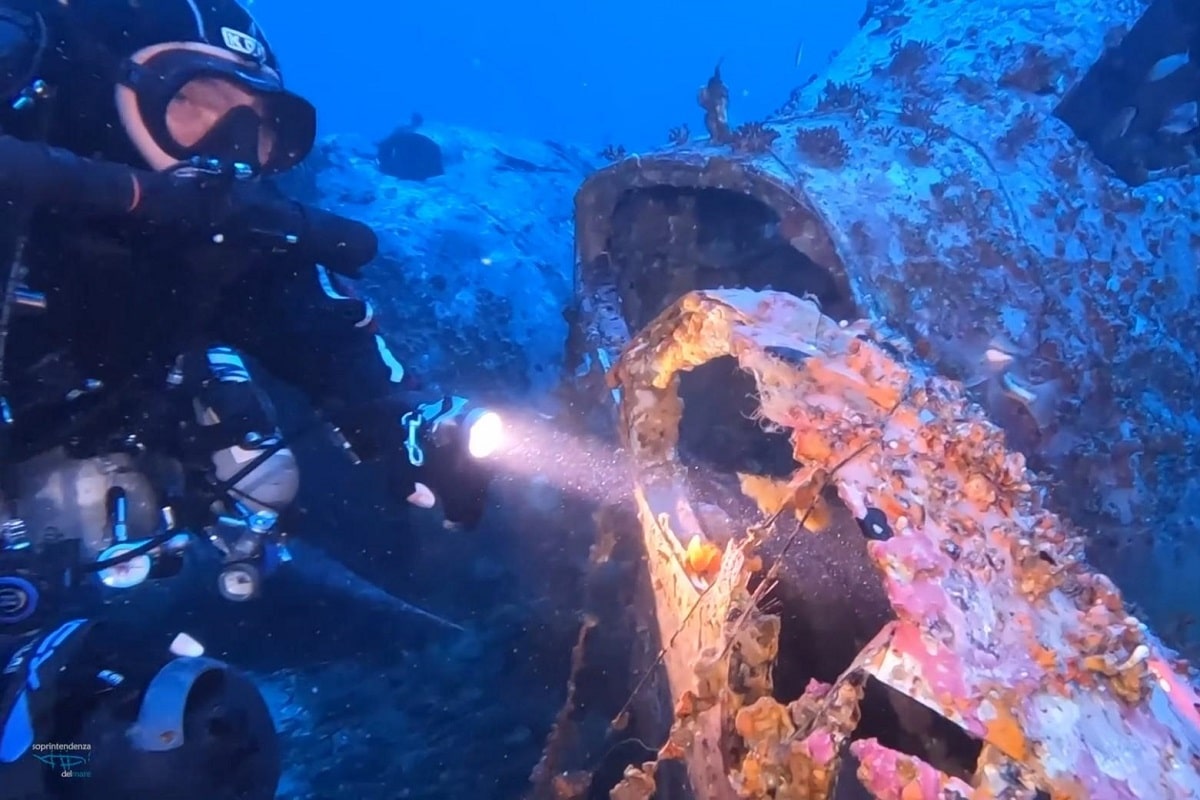
Experts quickly established that the unusual wreck was a machine dating from the Second World War. However, there were many questions surrounding the find, which experts were unable to answer. The primary one was, of course, the identification of the aircraft. The first problem was even to determine what exactly the model was.
Finally, however, there was a breakthrough and Italian researchers solved the mystery of the wreck of a rare bomber. It turned out that the wreck found was an extremely unique Martin Baltimore bomber (Mk II serial number AG699). The machine was manufactured in the USA, but served in the British Air Force – the Royal Air Force.
The aircraft crashed in June 1942, just 500 m from the Italian island of Linosa. Four people were on board at the time: 2 airmen from the British RAF and one each from the Australian (RAAF) and Canadian (RCAF) air forces.
The machine took off at 12.45 on 15 June 1942 from Luqa airfield, located in Malta. The objective was to observe sea traffic around the Italian island of Pantelleria, located in the Sicily region.
To this day, it is not known why the aircraft crashed about halfway near Linosa Island. It is possible that the British machine was hit by enemy fire or there was engine failure. The researchers based any findings on a combination of war records, new research into the wreckage and eyewitness accounts. Since one of the island’s residents had seen the plane fall from the sky during a fateful reconnaissance mission 80 years ago, the researchers had the perfect jumping-off point.
Four airmen were killed on board the Martin Baltimore bomber. They were Sergeants – Francis William Baum (RAF), Robert Tettrell Purslow (RAF), Alick Greaves (RAAF) and William Edward Fincham (RCAF).

The Martin Baltimore (Mk II serial number AG699) found is slightly damaged. The machine has a crack along the fuselage, as well as a small section of the left wing missing. The wreck rests on the bottom partially submerged in sand, but the wings and tail are raised above the bottom.
The wreck was first encountered by scientists who filmed it in 2016 as part of a project to map the seabed and monitor habitats using a remotely operated vehicle (ROV). Now divers from the Capo Murro Dive Centre in Syracuse have returned to the wreck to create detailed documentation.
This is an extremely rare aircraft wreck and only a few museums have similar machines in their collections. One Martin Baltimore is in a museum in Greece, but it is half-destroyed. Moreover, the wreck described here is the only one so a well-preserved aircraft from the Second World Warfound on the seabed in the Sicily region.
Without doubt, for technical divers from around the world, the Donegal coast has become synonymous with wreck diving. Among others due to the wreck of the SS Empire Heritage, about which we wrote in the 17th issue. the DIVERS24 quarterly magazine! The digital version of the magazine is available free of charge, while the printed version can be purchased from our online shop.
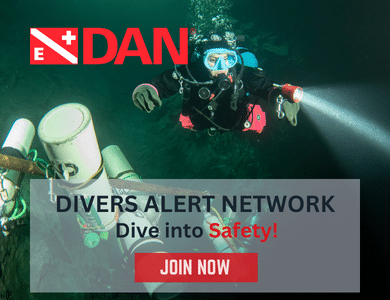
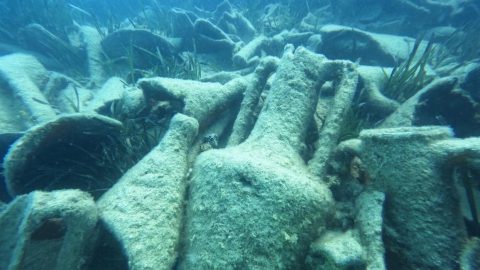





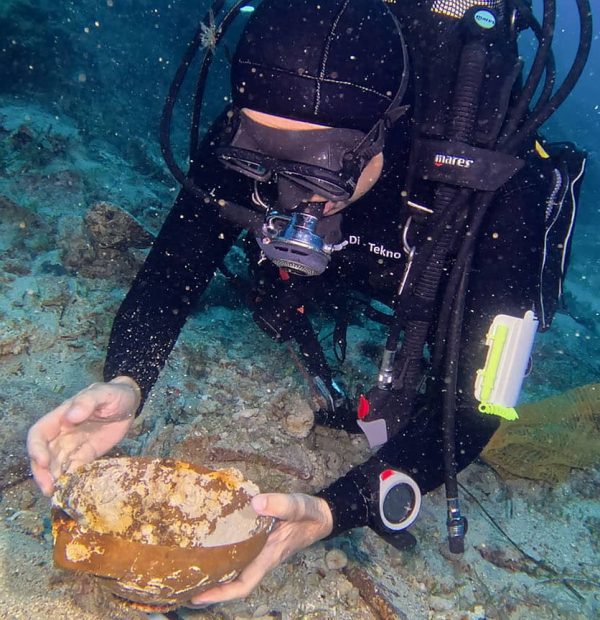
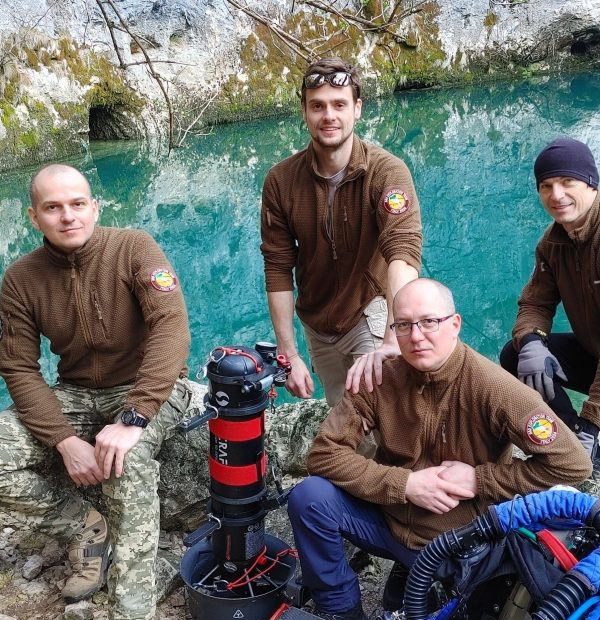

Welcome to DIVERS24.COM, your daily source of scuba news, freediving, scuba diving information, and equipment reviews. Our comprehensive coverage of the dive industry from A to Z provides you with all the latest scuba news, training updates, underwater photography tips, and everything else related to scuba diving. Whether you’re a beginner or an experienced diver looking for more knowledge about scuba gear or techniques – we’ve got it covered! With our in-depth articles written by experienced divers who have been there and done that, you are sure to find exactly what you need here at Divers24.com. Dive into scuba news today!
Underwater Media Sp. z o.o.
Szafarnia 11/F8,
80-755 Gdansk, Poland
Welcome to DIVERS24.COM, your daily source of scuba news, freediving, and scuba diving information. Sign in for a weekly news update and discount coupons for dive gear and apparel.
@2023 - underwatermedia.pl. All Right Reserved. Designed and Developed by Tworzenie stron internetowych Gdansk

The Divers24 portal is currently the largest online medium treating diving in Poland. Since 2010 we have been providing interesting and important information from Poland and around the world on all forms of diving and related activities.
Contact us: info@divers24.com